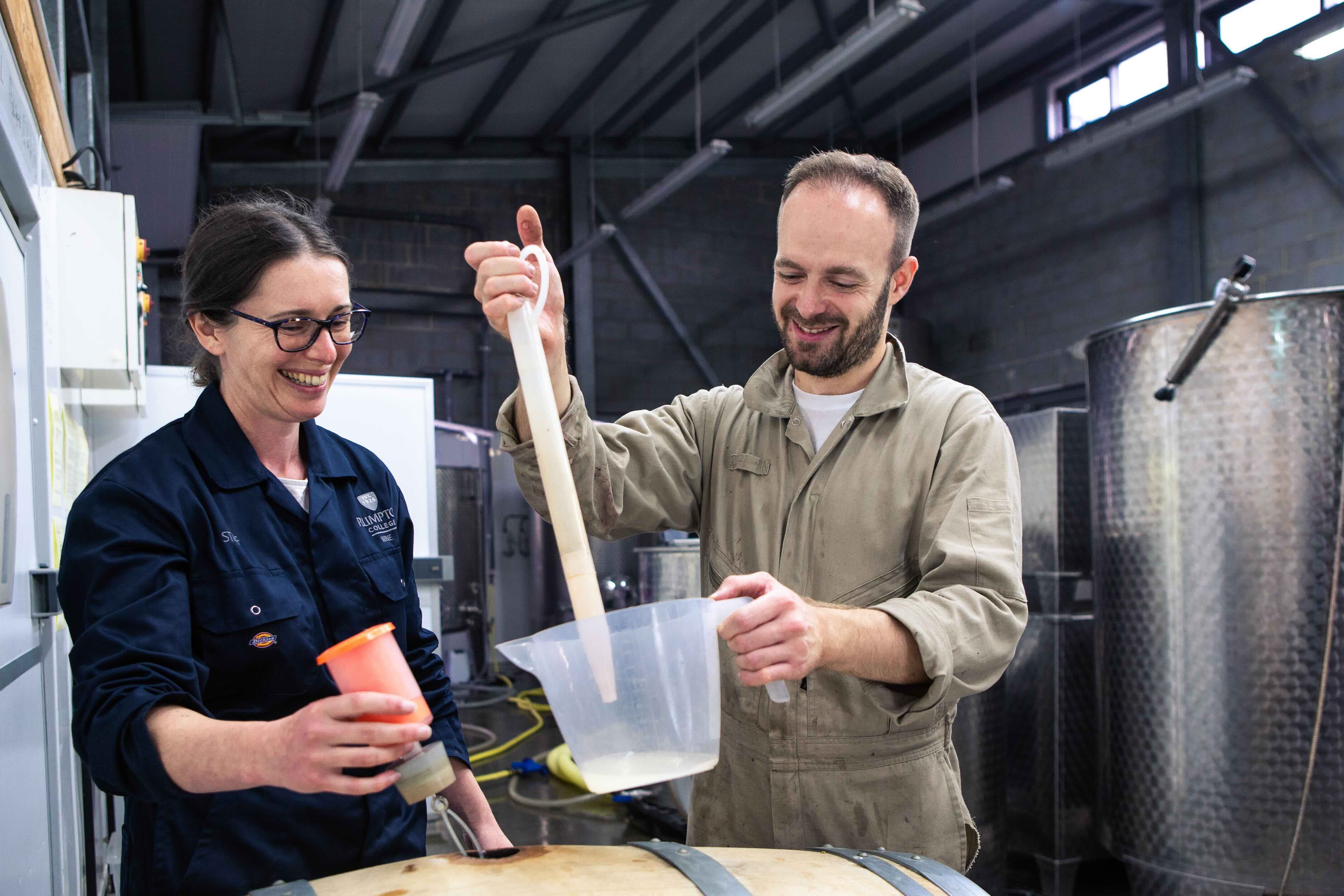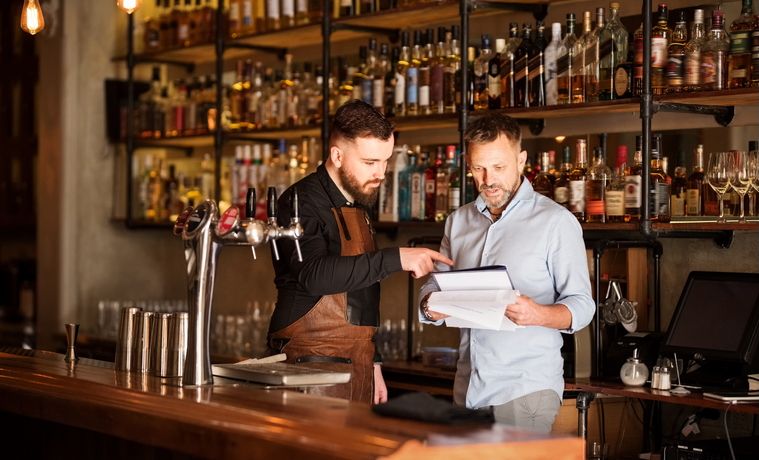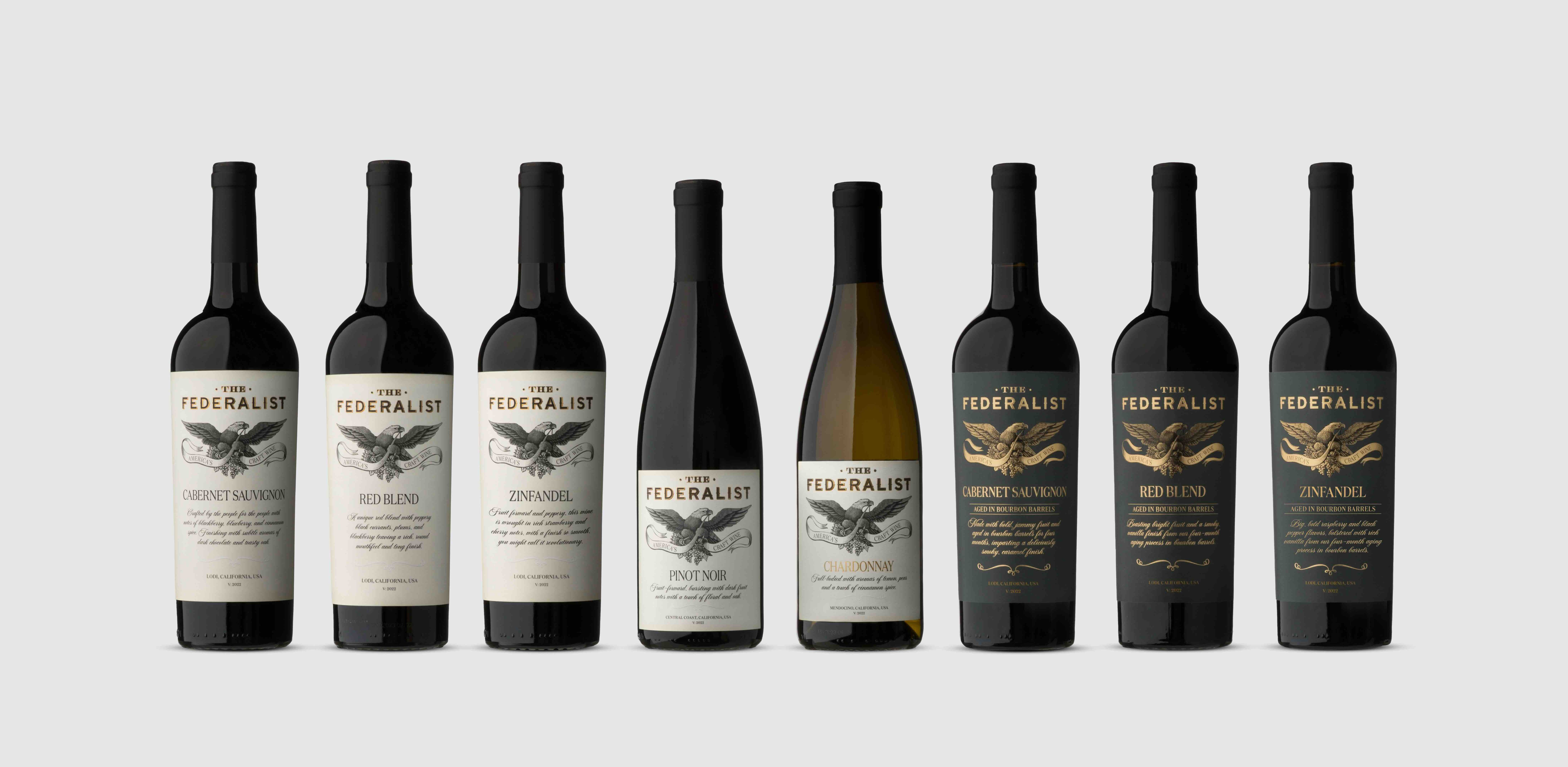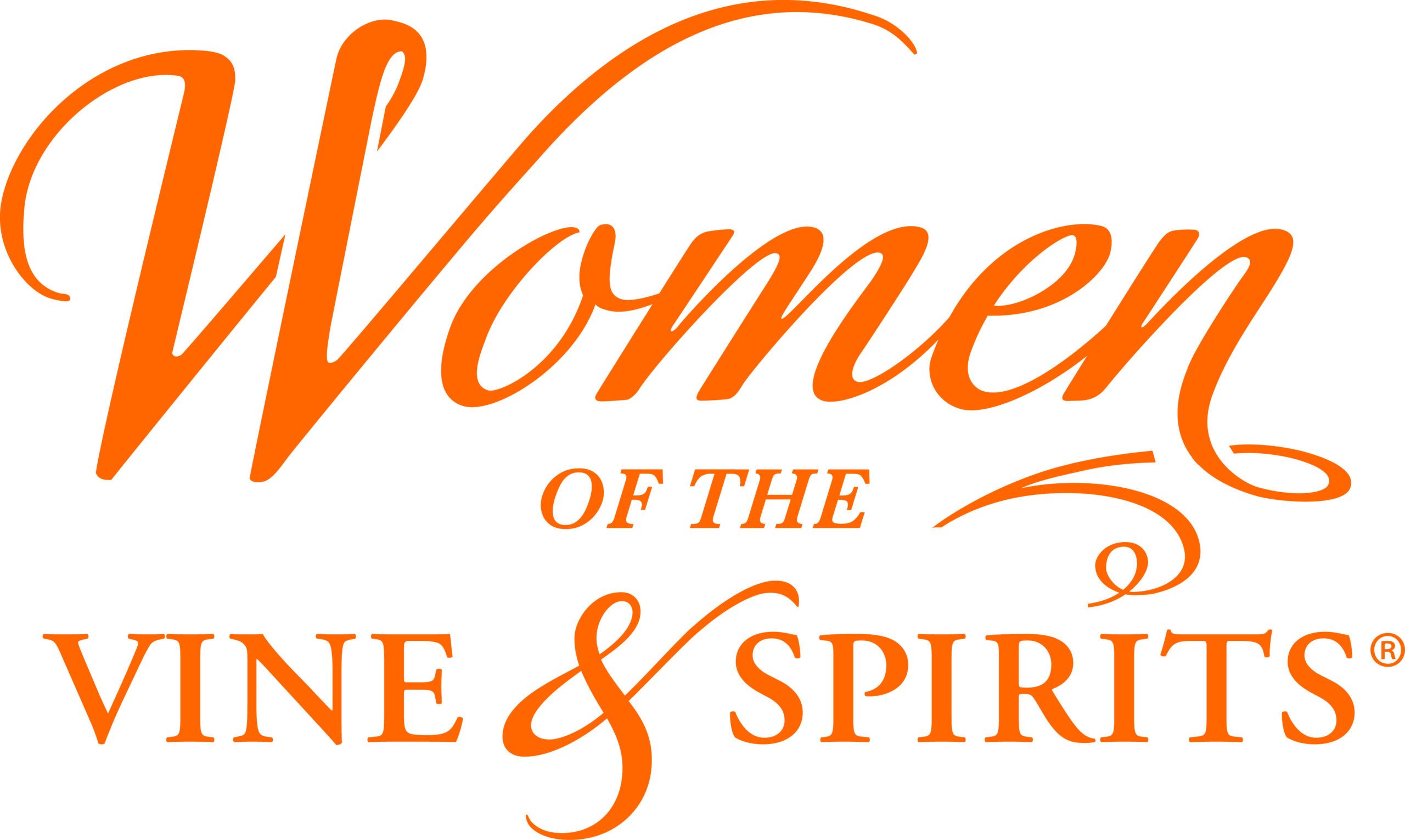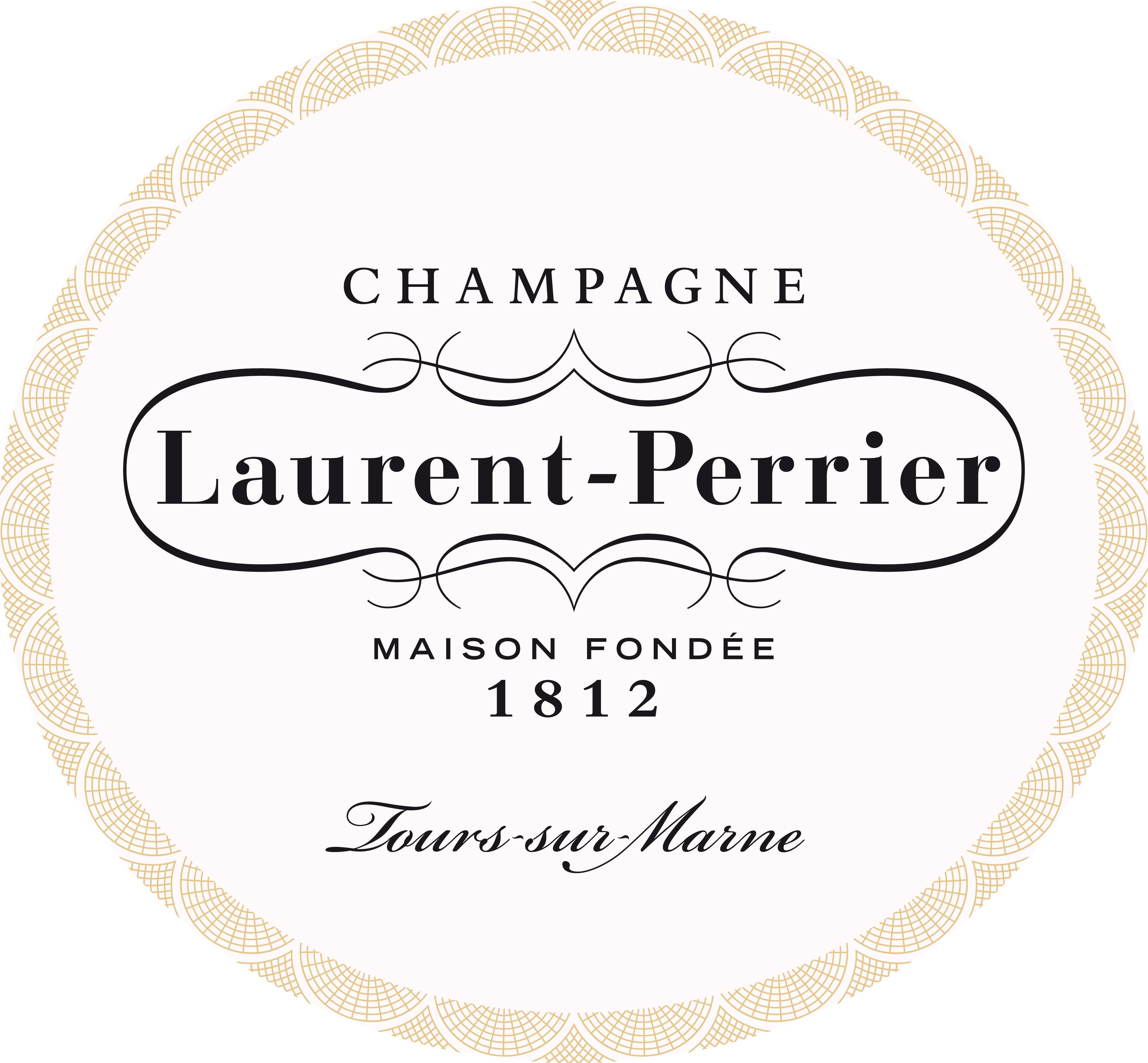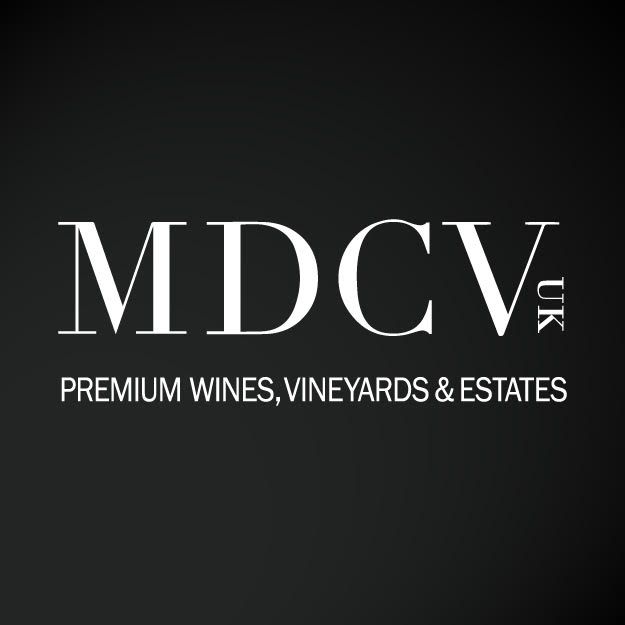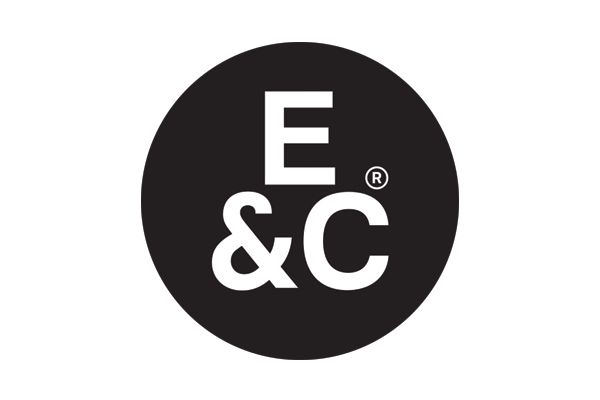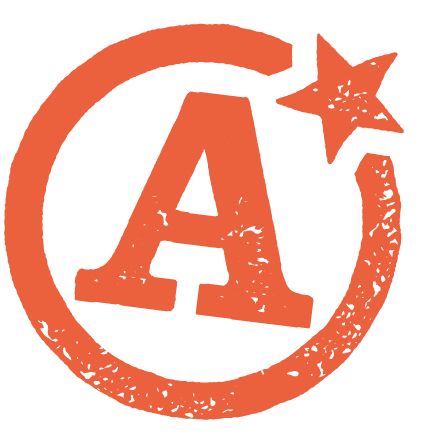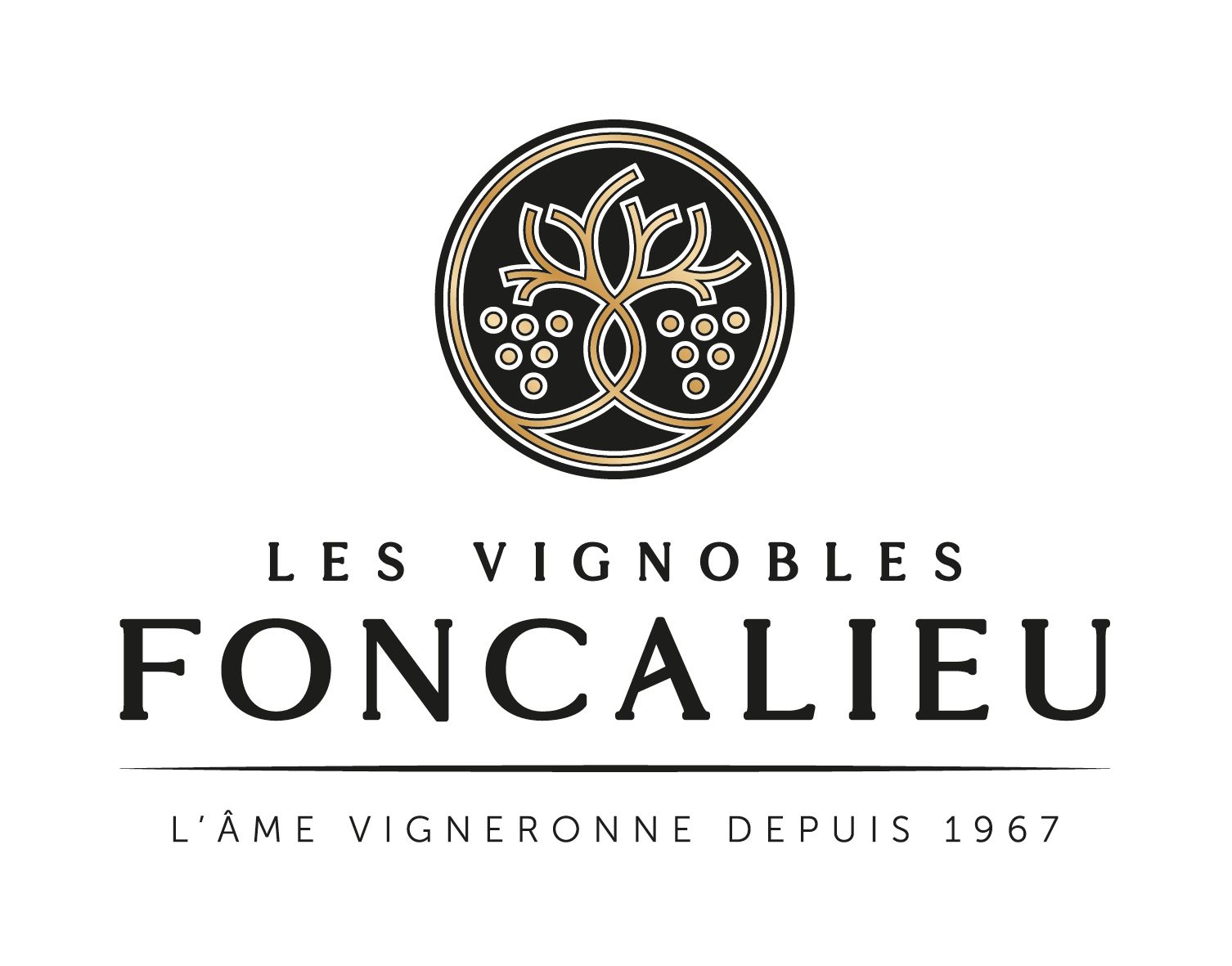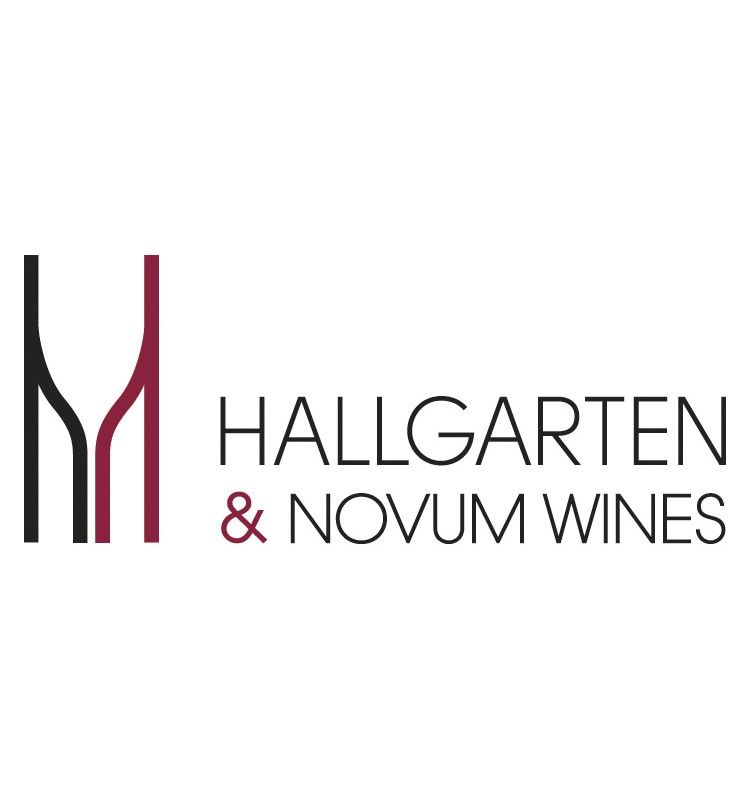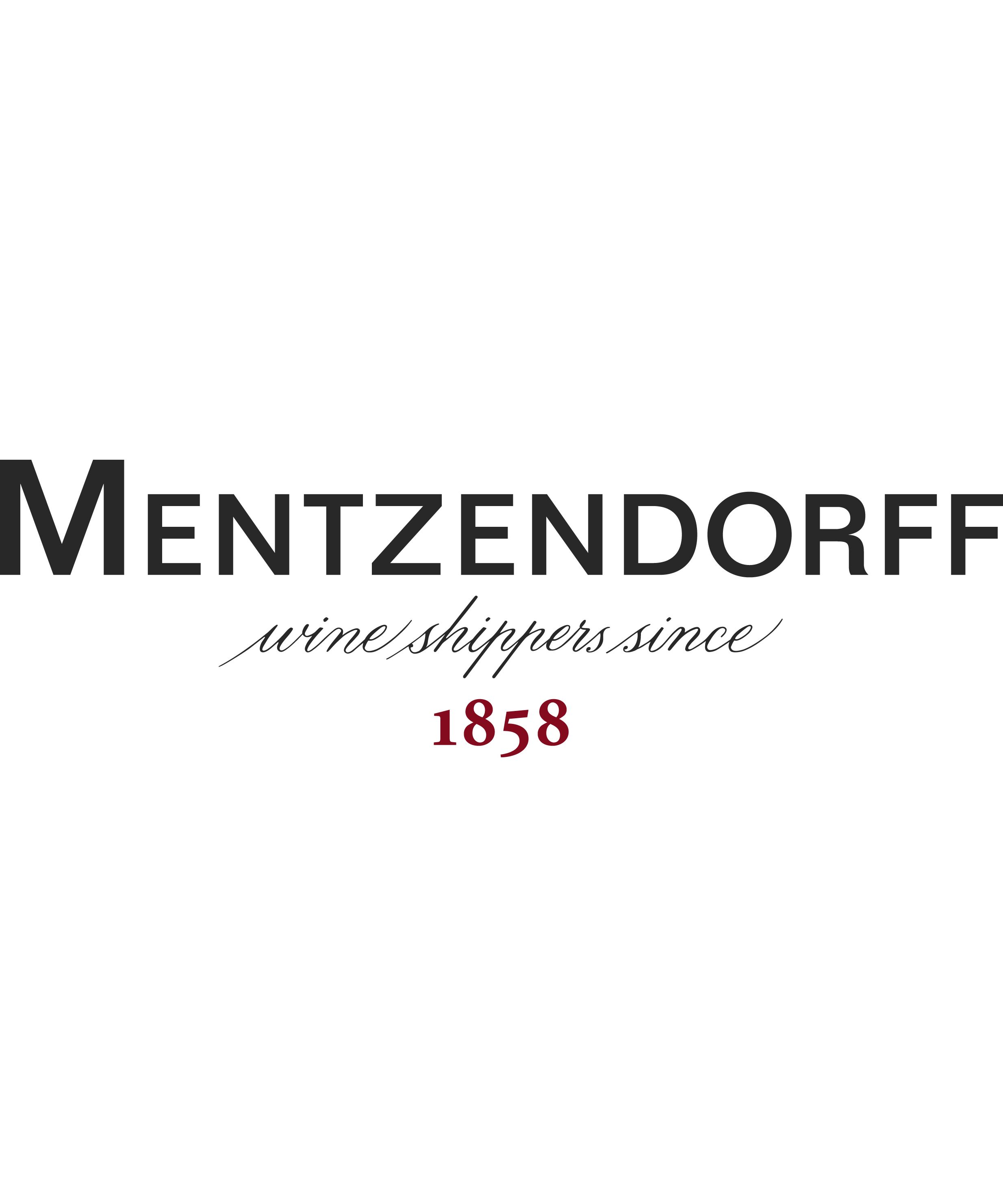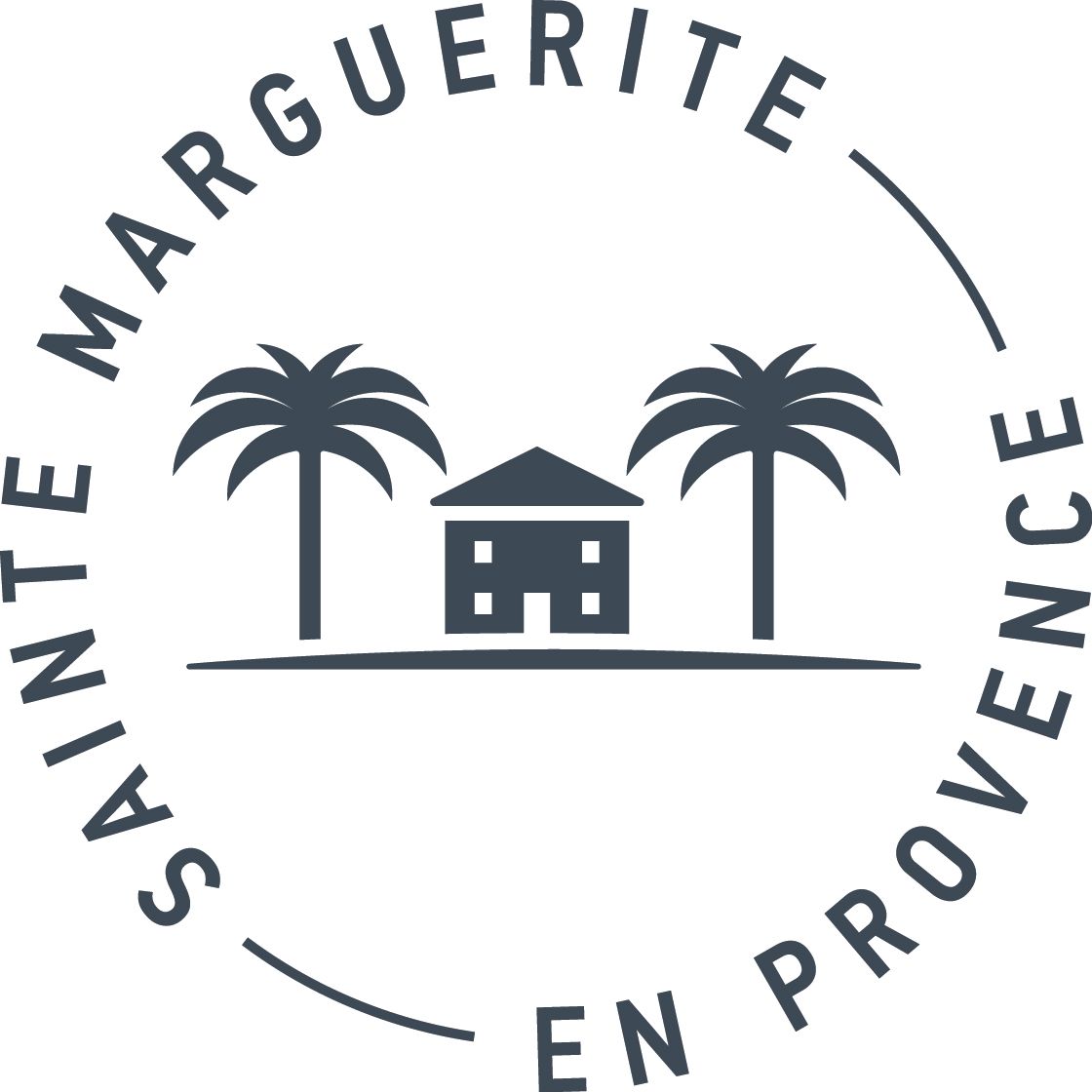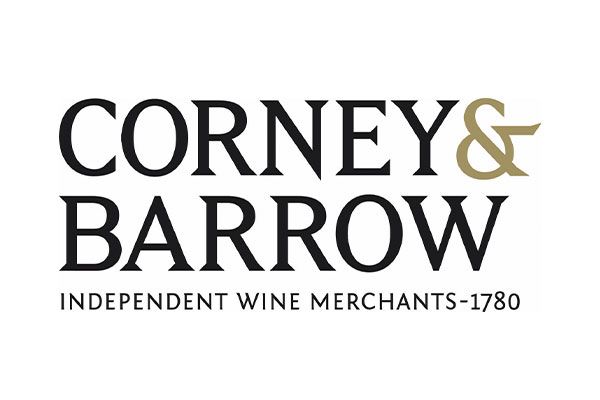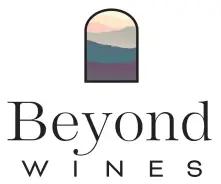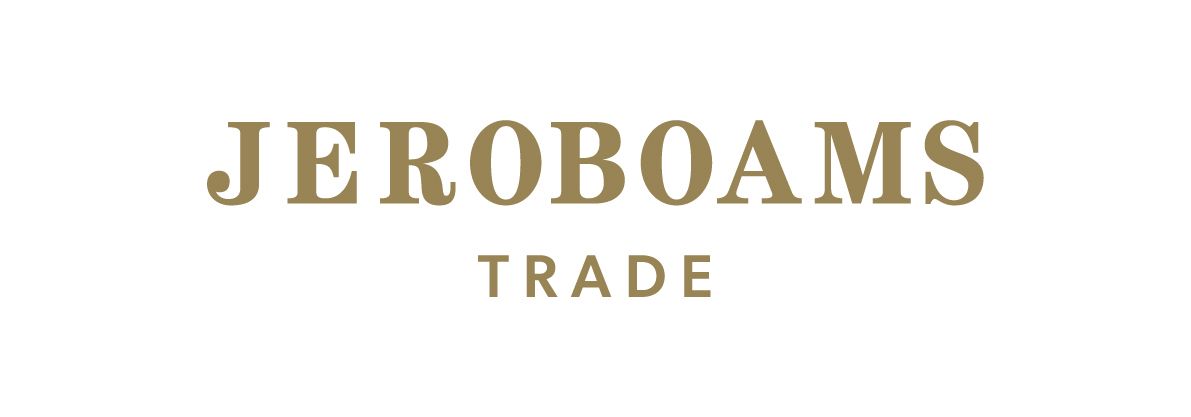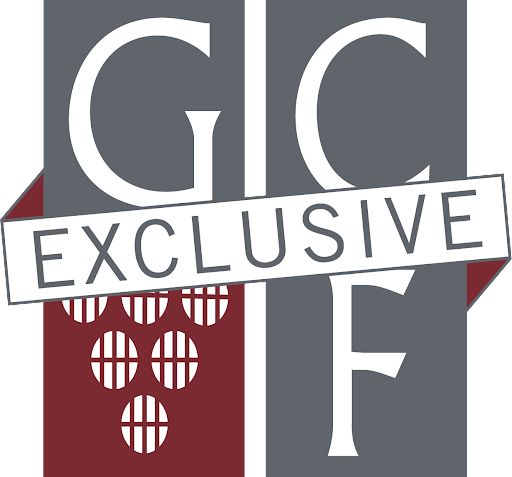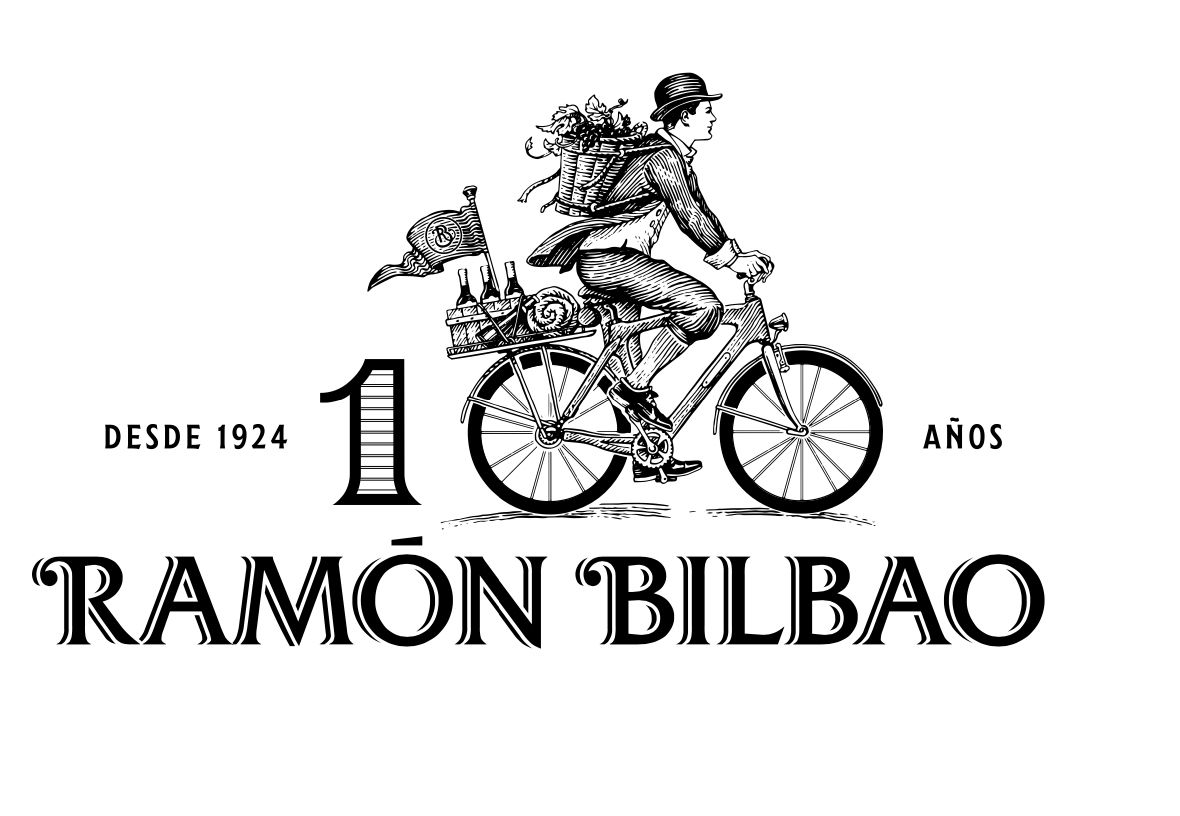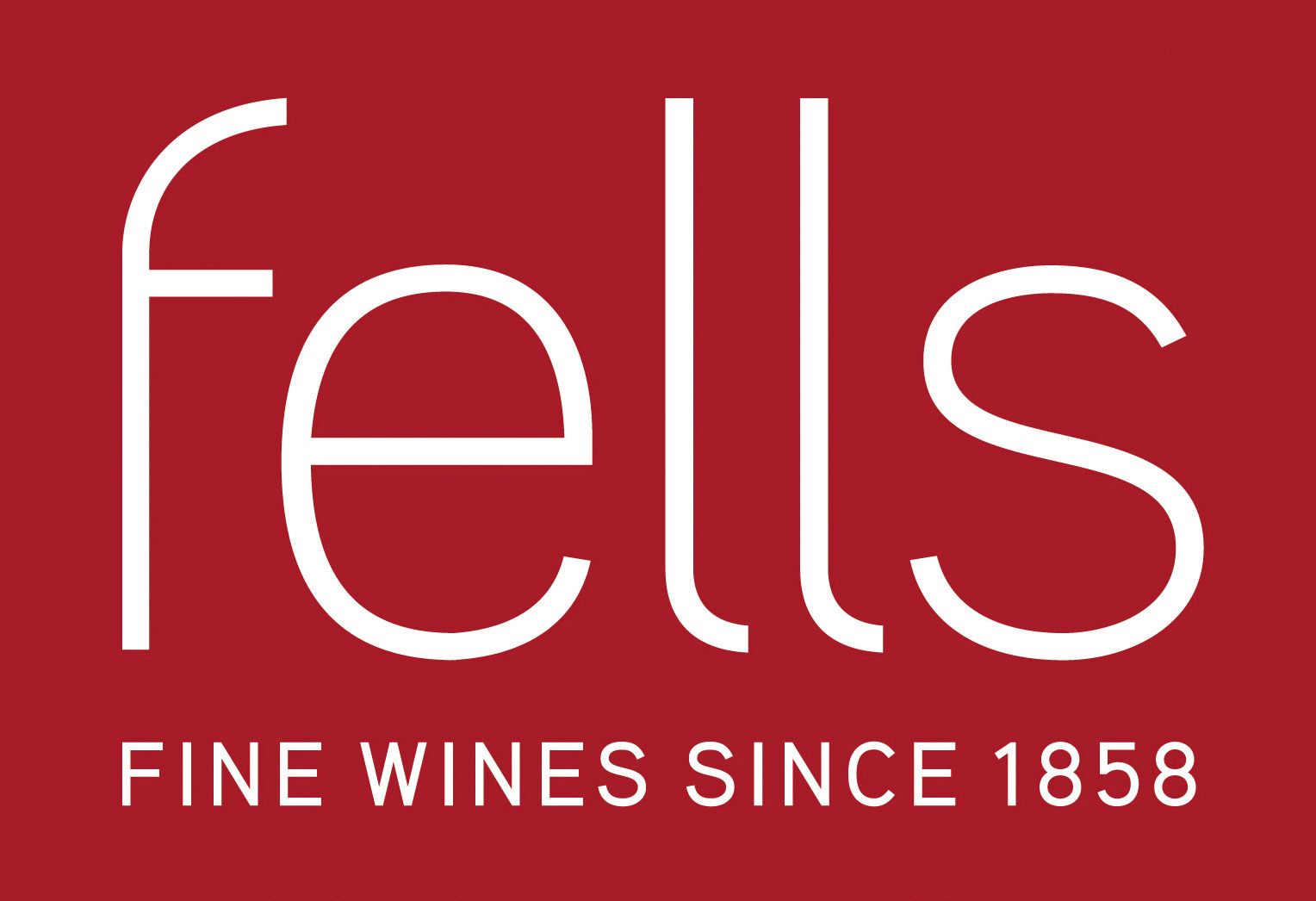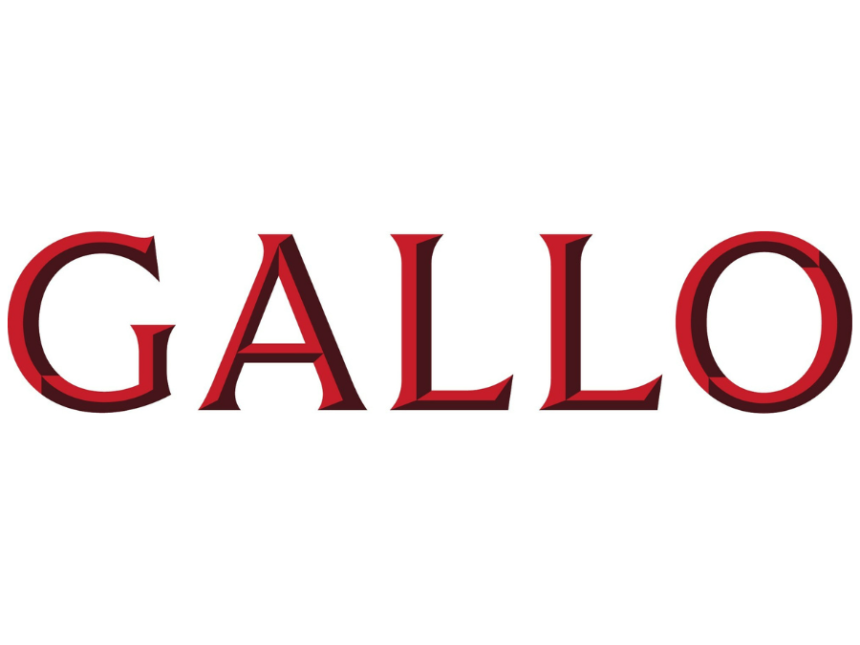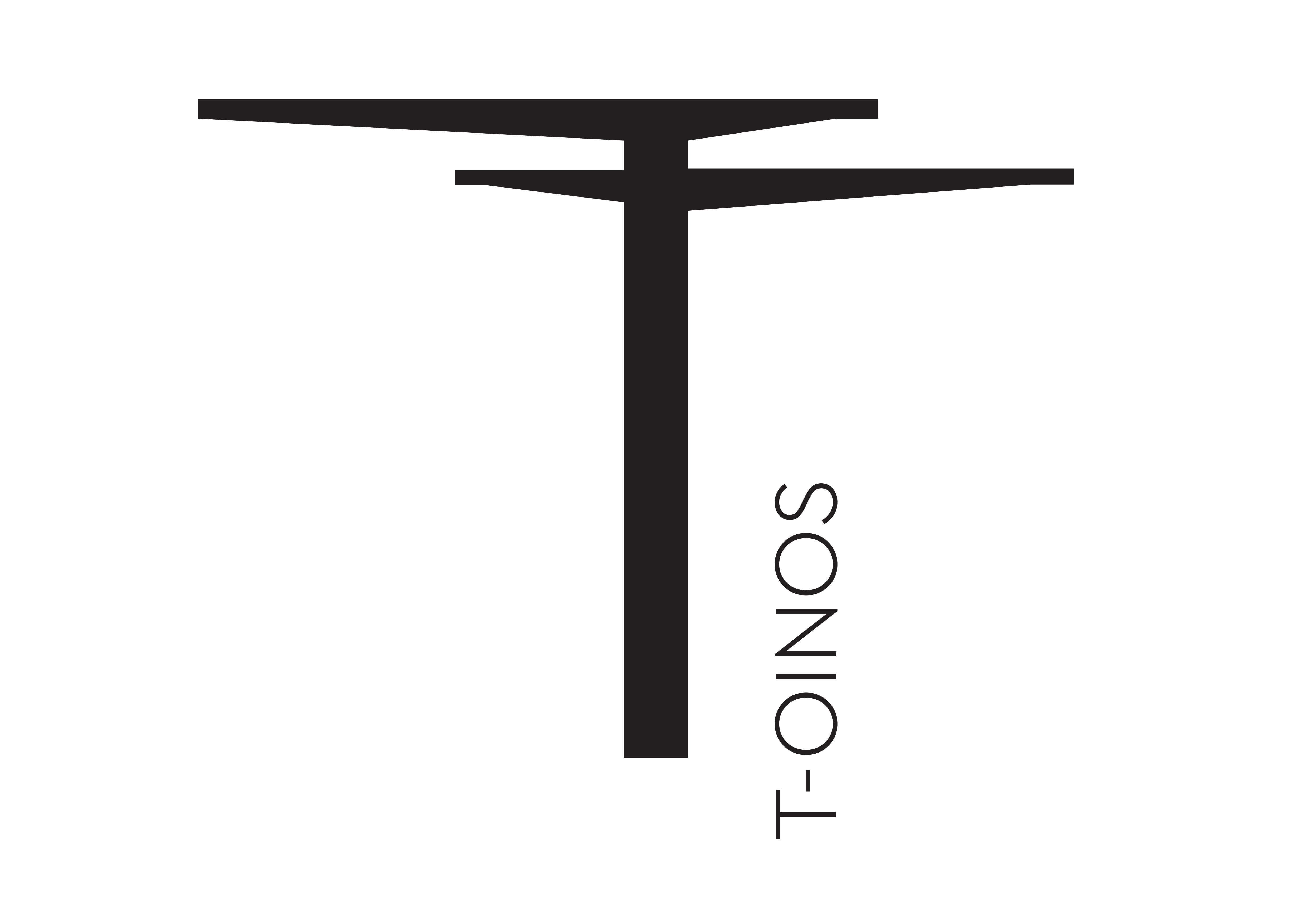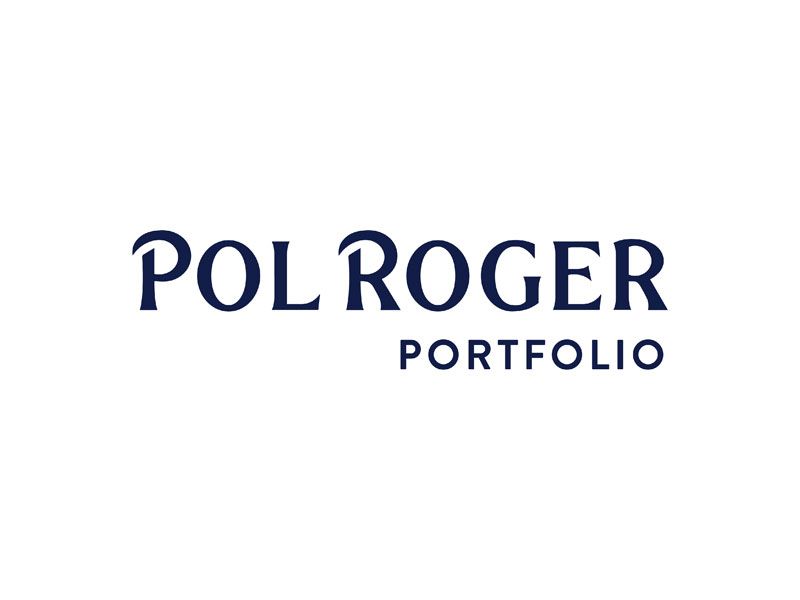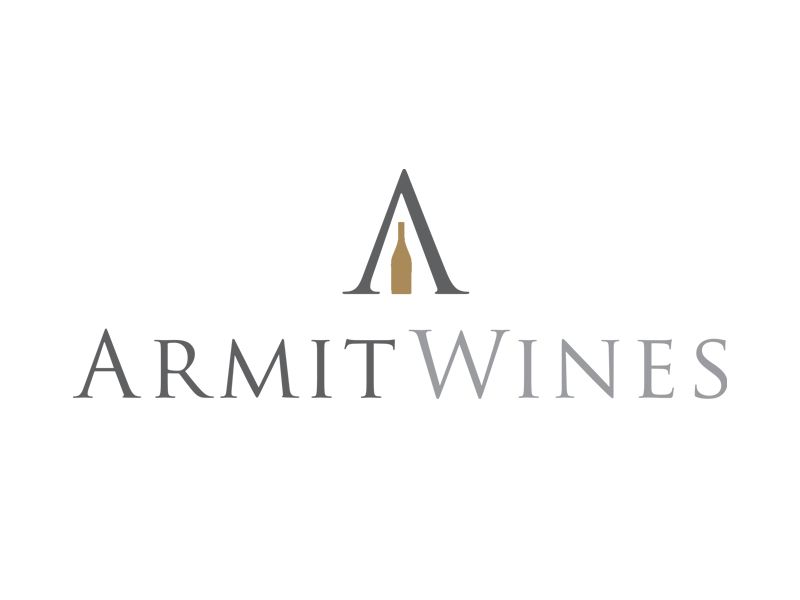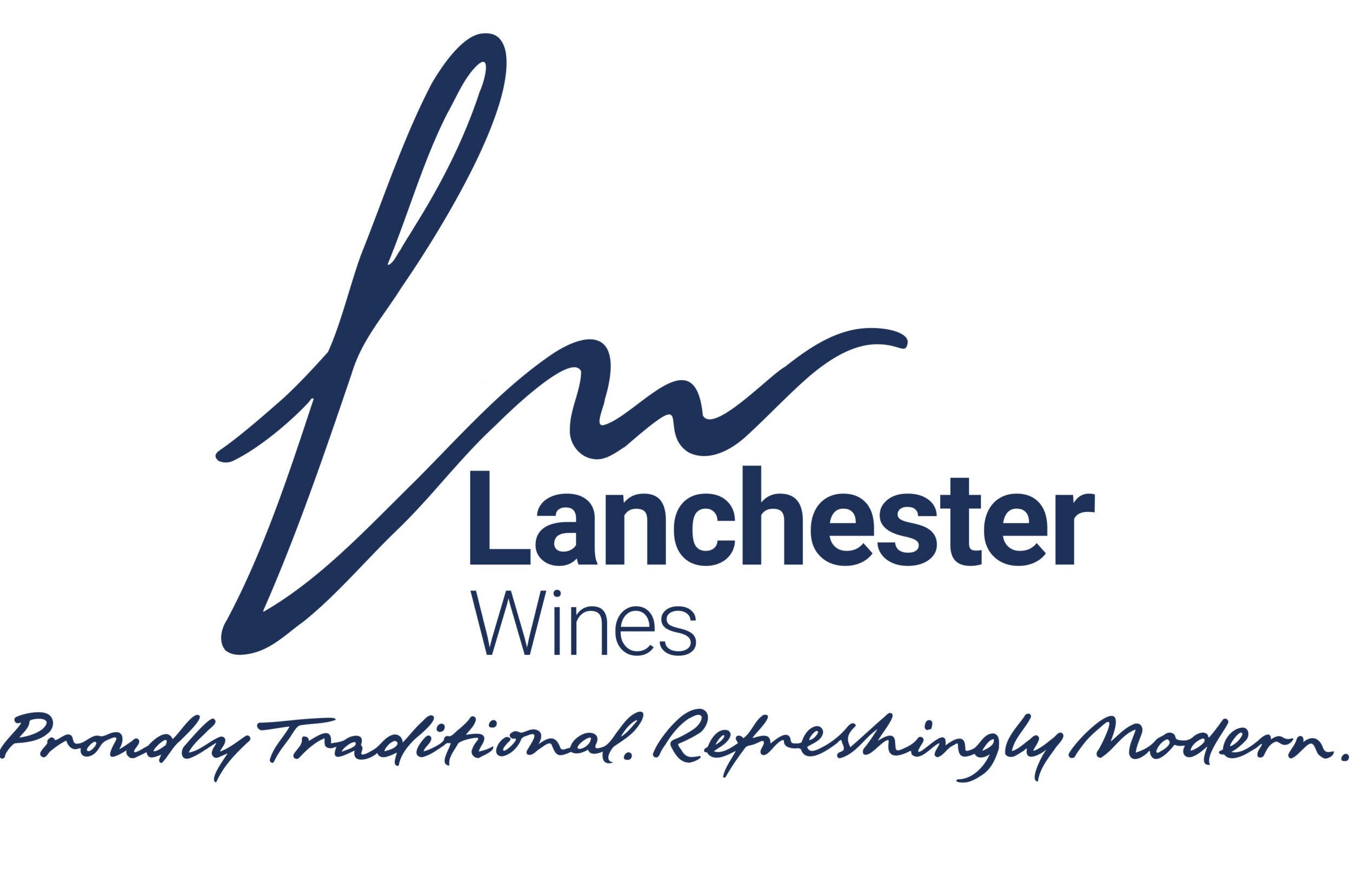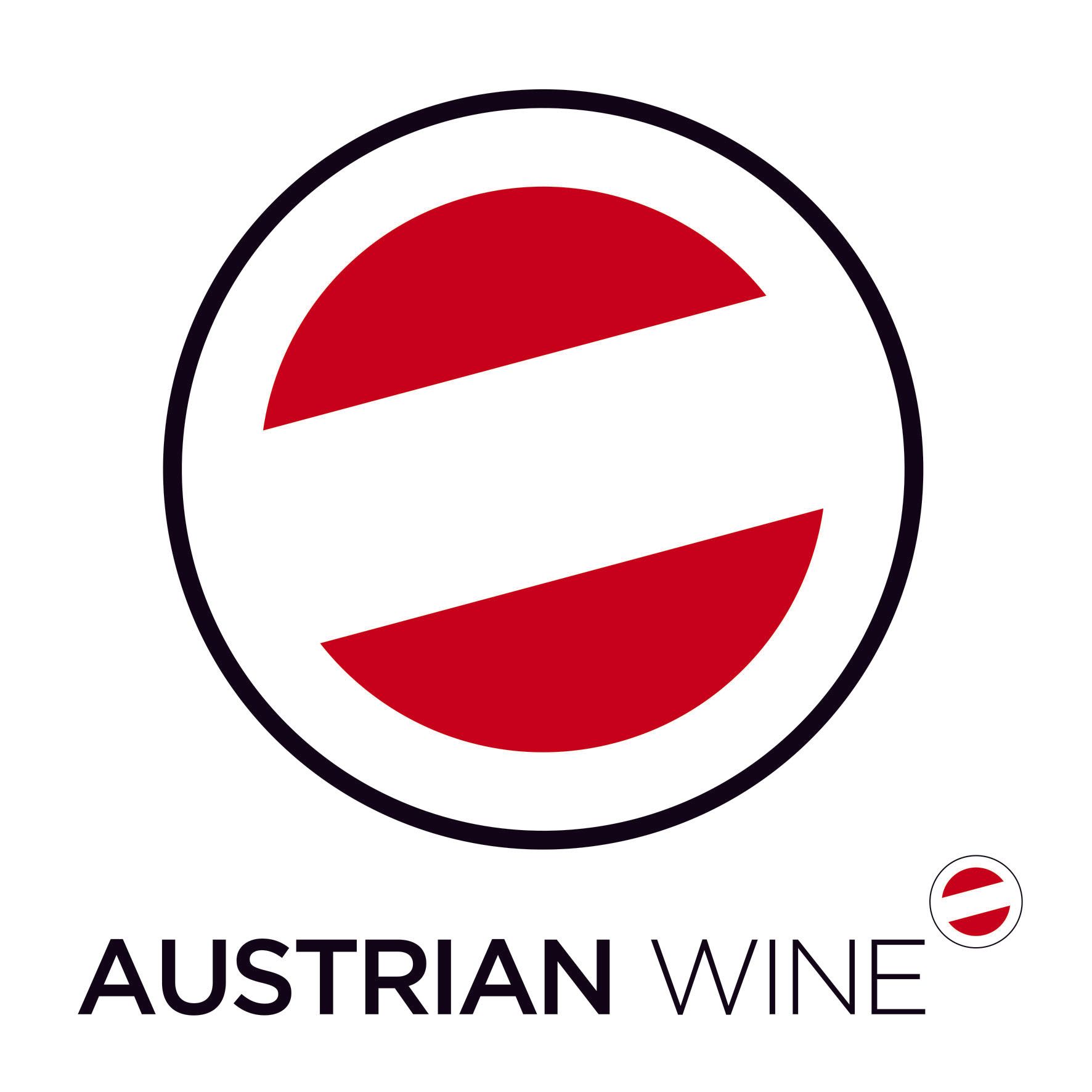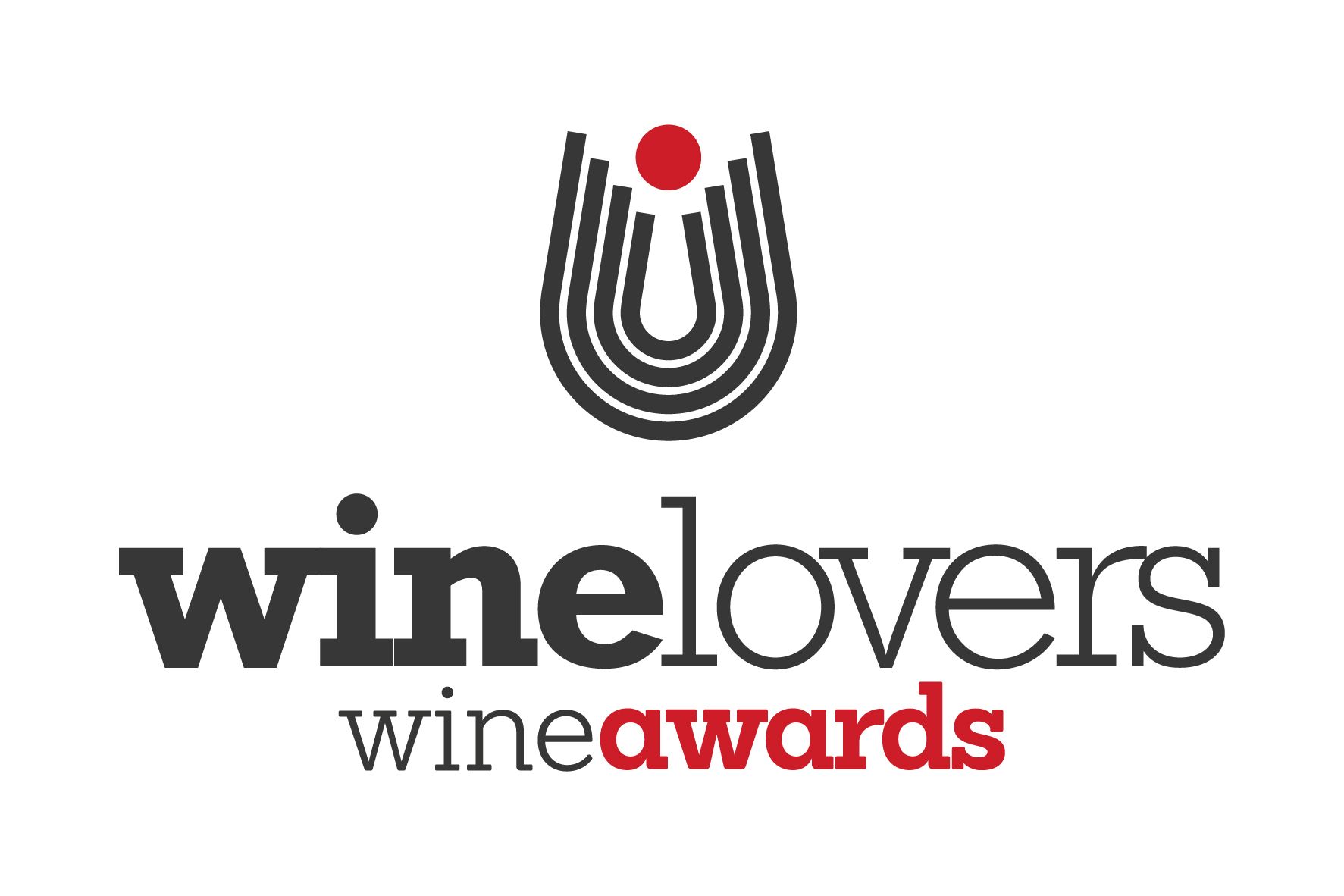Part two of our coverage of Crown Cellars’ new wine report explains why on-trade operators need to personalise their wine service depending on a customer’s age.
Understanding the key differences between what sort of wine offer and service a millennial wine drinker might want compared to someone aged over 30 is critical if you are going to increase your overall wine sales.
That was one of the key findings in Crown Cellars inaugural “Future of Wine in the On-trade” report which provides a fascinating insight in to what really makes wine consumers tick.
Crucially its report is based on interviews with both wine drinkers and on-trade operators. In our first report we looked at the huge differences there are in the type of service an operator thinks it is giving its customers, and what those customers, in turn, think of the quality of service they are being given.
Today we drill down more in to what individual consumers are looking for when drinking wine on a night out. On the face of it we all want the same thing. Help and support in being able to navigate wine lists and to feel inspired enough to actually order a wine we want. The trouble is we all go about it in a very different way.
For Crown Cellars there are two main wine consumers that on-trade operators need to get their heads round. The millennial and the over 30 drinker.
Millennials, for example, need to be sucked in with strong visual displays and messaging, similar to what they see in craft beer and cider. But they are also, what Crown Cellars describes as, an “open book…crying out for the trade to educate them”.
They relate far more to straightforward wine descriptions or pointers that this wine will “go well” with what dish. They don’t mind being pointed in the right direction.
Millennials are good customers to have in that they are not held back by preconceptions that older consumers have. They are twice as willing, for example, to buy a German wine as they did not grow up exposed to the over sweet bottles that used to dominate our supermarket shelves.
But they are also more likely to default to the cheapest wine on the list if they are not encouraged to trade up.
They are also understandably a lot more price sensitive and navigate a wine list more by price than a specific wine choice.
That said it is the millennial drinker that is far more comfortable trying new varieties or wines from a new country. They are seen as being partly responsible for the growth in regional Spanish white wine varieties. They are also happier to pay more for their wine, providing the experience is right and they think they are getting value for money. Hence the explosion in Proseccosales.
Show some respect
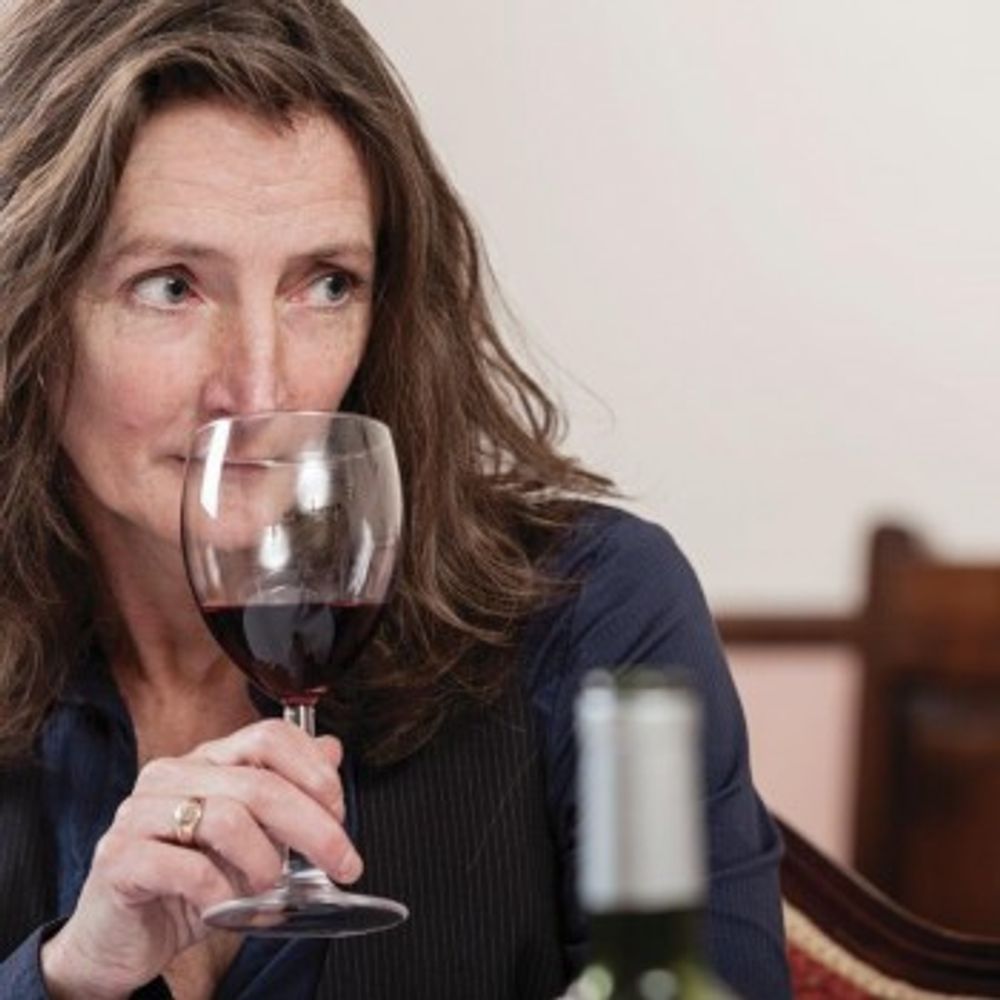
Crown Cellars’ Louise Boddington
The over 30s just wanted to be shown a bit of respect that they might know what they are talking about, even if they don’t, when ordering wine. So offering a tasting glass, for example, or being asked what sort of beer they like to help them come up with an alternative in wine would be a subtle way to engage with them, said wine category manager, Louise Boddington.
Interestingly only 14% of over 40s ranked staff recommendations as a top three reason for choosing a wine.
The over 30s are hardly set in their ways, but take a little more persuasion to move away from the tried and tested. They are also more confident in their wine choices and twice as many will pick country of origin as being a top three reason for choosing a wine.
But they have grown up on good nights out in the pub and are looking to treat themselves with a wine tasting, a or food and wine matching evening.
Crown Cellars stresses the importance for outlets to stock more full-bodied reds and to have a Pinot Noir, a Rioja and a Malbec on the list to draw in the slightly older consumer.
Insight partner
The report is the latest step in Crown Cellars positioning itself as being a wine partner as well as supplier to pubs and bars across the country. It believes investing in the kind of data and insights revealed in its first main wine report will help its sales and developments teams when out talking to their on-trade customers in the field, confirmed Paterson.
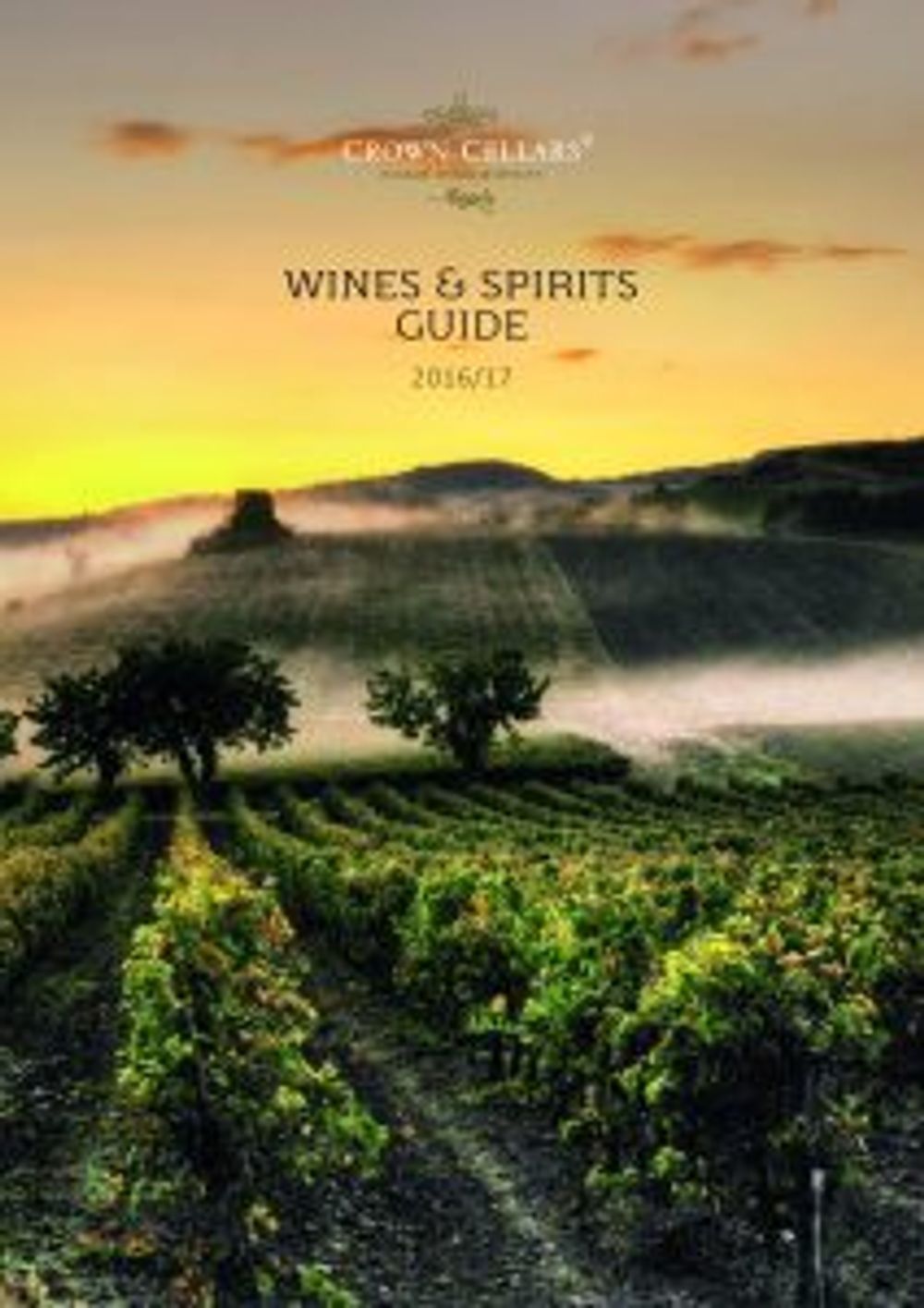
Crown Cellars’ new guide for 2016/2017
It is now far more able and committed to offering specific advice on how many wines a particular outlet should be putting on its list. A wet-led pub, for example, explained Boddington, should be looking at no more than five or six reds, whilst a more food driven outlet should position its wine list much more around matching with the individuals dishes.
It follows on the heels of the release of its 2017 Wine and Spirits Guide, which as well as including a comprehensive listing of its full range of products and suppliers, also includes detailed category management advice, and practical commercial tips on how operators can make the most of their drinks offer.
Profit calculator
Of particular interest is its ‘Profit Calculator’ section which breaks down in detail the kind of margins and mark ups that can be made for wines bought at different wholesale prices.
This goes in to particular detail around selling wines both by the glass or the bottle.
Hence a bottle of wine bought at wholesale for £6, with a 60% GP margin should be sold at £3 or £4 for a 70% margin. But for a 125ml glass it would be £4.20 for a 175m glass at 60% margin and £5.59 for 70%.
A bottle bought at £4.50 wholesale with a required GP margin of 55% needs to be on an outlet’s list for £12, or 60% margin at £13.50, 70% margin at £18.00.

